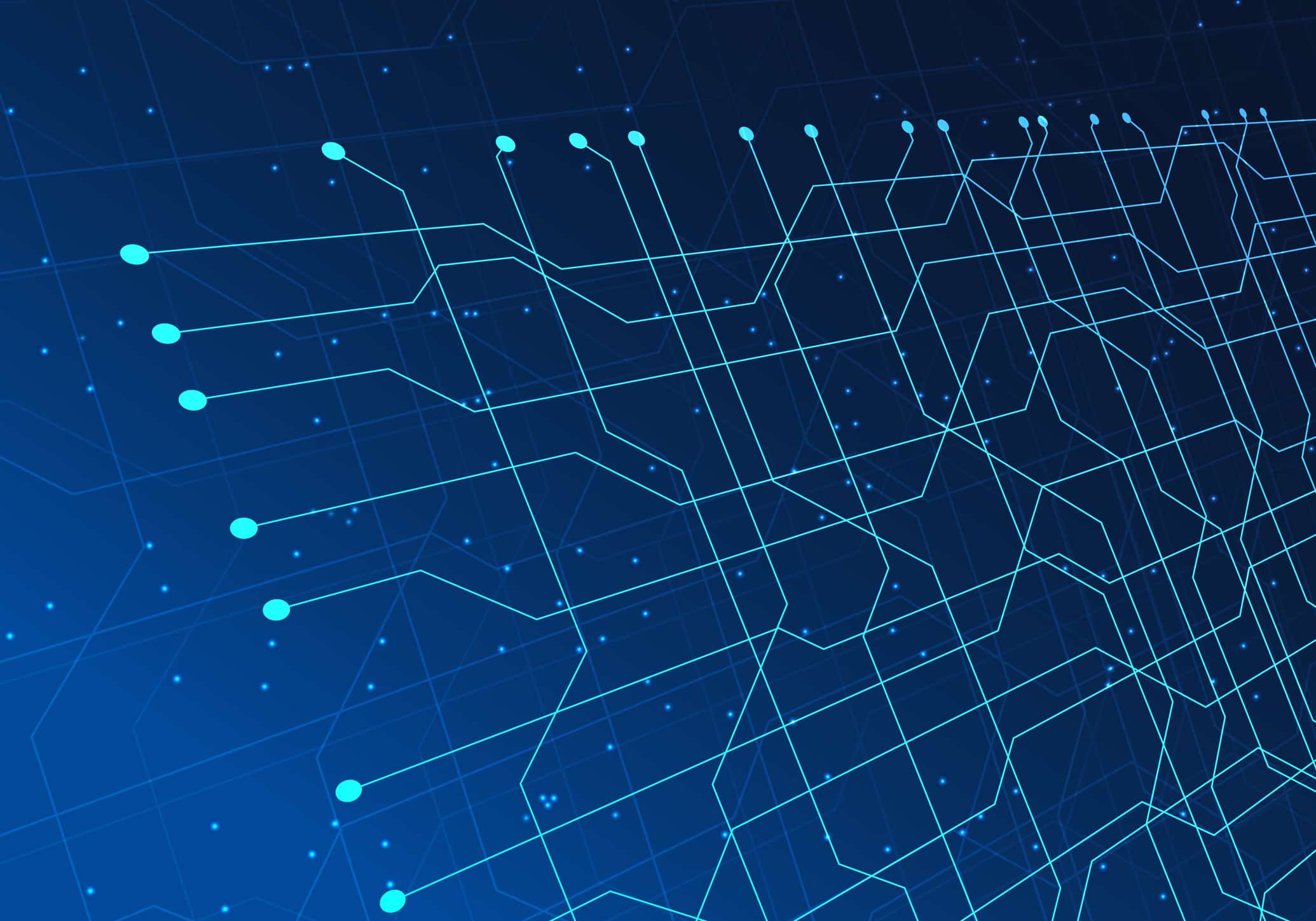Edge Databases

Edge databases are built explicitly for the edge computing model, where data is stored and processed on devices at the network’s periphery rather than in a central location. This is in contrast with traditional databases, where data is managed in a centralized location, either on-premises or in the cloud.
Why are Edge Databases Important?
Processing data close to its source is an efficient method of reducing network traffic. IoT networks utilize edge databases to filter and organize data before sending it to upstream systems, resulting in reduced amounts of raw data being transmitted.
These databases are embedded in the gateway devices and operate autonomously in case of network unavailability. Edge databases are designed to be deployed in large numbers and avoid the administration burden that traditional databases often present.
Edge Computing Challenges
Embedded edge databases address several key challenges inherent to the edge computing landscape, particularly those related to latency, resource limitations, and data synchronization:
Reduced Latency: Traditional data storage solutions often rely on centralized cloud storage, which can introduce significant delays in data processing due to network limitations. Embedded edge databases store data locally on the edge devices, enabling real-time or near-real-time data analysis and decision-making at the network’s edge, closer to where the data is generated. This is crucial for applications requiring immediate responses, such as medical devices or industrial process control systems.
Resource Constraints: Edge devices typically have limited processing power, memory, and storage capacity compared to powerful cloud servers. Embedded edge databases are designed to be lightweight and efficient, consuming minimal resources while still offering robust data management capabilities. This allows them to run effectively on resource-constrained devices without compromising performance.
Data Synchronization: Maintaining data consistency and accuracy across distributed systems can be challenging, especially when dealing with intermittent connectivity or network disruptions. Embedded edge databases often employ data caching techniques to store frequently accessed data locally. This ensures that essential information remains available for analysis even when the connection to the central system is lost, mitigating the negative impact of network issues on data accessibility.
Edge Database Use Case Examples
Smart Grids
Edge databases can be used in power distribution networks to optimize energy usage and prevent outages. By storing and analyzing data on power consumption patterns, grid operators can make informed decisions about load balancing and distribute electricity more efficiently.
Remote Asset Monitoring
Edge databases can be implemented on rigs or pipelines in the oil and gas industry to collect sensor data on equipment health. This allows for early detection of issues and facilitates preventative maintenance, reducing the risk of breakdowns and accidents.
Manufacturing / Industrial Internet of Things (IIOT)
Factories can use edge databases to store sensor data from machines, allowing for real-time monitoring, process optimization, and predictive maintenance. This can help reduce downtime, improve product quality, and save costs.
Healthcare
Hospitals can leverage edge databases for real-time patient monitoring. Medical devices, from vital signs monitors to insulin pumps, can generate vast amounts of data. Edge databases store and process this data locally, enabling faster analysis and quicker clinical decisions. This can be crucial in situations like emergency care or chronic disease management.
Autonomous Vehicles
Self-driving cars generate a massive amount of data from LiDAR hardware, cameras, and other sensors. Edge databases can store and process this data locally, enabling real-time decision making for navigation, obstacle avoidance, and safety.
Key Characteristics of an Edge Database
Here are some of the key characteristics to look for in an edge database:
- Low Latency: Edge databases are designed to minimize latency, which is the time it takes for data to travel between a device and a server. This is important for applications that require real-time decision-making.
- Offline Operation: Edge databases should continue to operate even when there is no internet connection. This is important for applications that need to function in remote or unreliable network environments.
- Scalability: Edge databases can be scaled to meet the needs of a growing number of devices. This is important for applications that are expected to generate a lot of data.
- Small-Footprint: Edge databases are designed to run on resource-constrained devices with limited processing power, memory, and storage.
The Actian Edge Database
Edge applications and devices must leverage various hardware, operating systems, networks, communications interfaces, and programming and scripting languages for applications that use these resources. Zen edge data management supports these demanding requirements.
Optimized for embedded systems and edge computing, Zen boasts a small footprint and fast read and write access, making it ideal for resource-constrained environments.
With seamless data synchronization from edge to cloud, Zen is fully ACID compliant, supporting SQL and NoSQL data access, leveraging popular programming languages, and allowing developers to build low-latency embedded apps.
To learn more about how organizations are using embedded edge data management solutions, please visit the web page for Zen.


